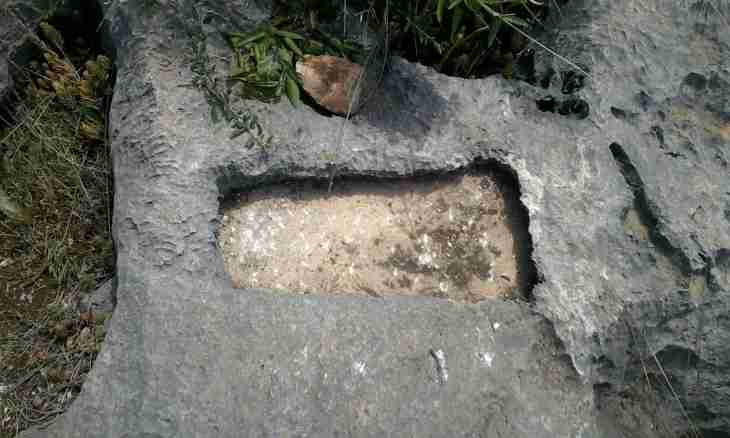In usual conditions atom electrically is neutral. At the same time the atomic nucleus consisting of protons and neutrons is loaded positively, and electrons bear a negative charge. At surplus or a lack of electrons atom turns into an ion.
Instruction
1. Each chemical element has the unique charge of a kernel. The charge defines the item number in a periodic system. So, the kernel of hydrogen has a charge +1, helium +2, lithium +3, beryllium +4, etc. Thus, if the element is known, the charge of a kernel of its atom can be defined from Mendeleyev's table.
2. As under usual conditions atom electrically is neutral, the number of electrons corresponds to an atomic nucleus charge. The negative charge of electrons is compensated by a positive charge of a kernel. Electrostatic forces hold electronic clouds near atom that provides its stability.
3. At influence of certain conditions it is possible to take away electrons from atom or to attach to it additional. If to take away an electron from atom, atom turns into a cation – a positively charged ion. At excess quantity of electrons atom becomes anion – a negatively charged ion.
4. Chemical compounds can have the molecular or ionic nature. Molecules also electrically are neutral, and ions bear in themselves some charge. So, the molecule of NH3 ammonia is neutral, and here the ion of NH4+ ammonium is loaded positively. Communications between atoms in an ammonia molecule covalent, educated on exchange type. The fourth atom of hydrogen joins on the donorno-acceptor mechanism, it is covalent communication too. Ammonium is formed in interaction of ammonia with solutions of acids.
5. It is important to understand that the charge of a kernel of an element does not depend on chemical transformations. How many electrons neither add and nor take away, the charge of a kernel will remain to the same. For example, atom O, O-anion and a cation of O+ are characterized by the same charge of a kernel +8. At the same time atom has 8 electrons, anion 9, a cation - 7. The kernel can be changed only by nuclear transformations.
6. The most frequent type of nuclear reactions – radioactive decay which can proceed in the habitat. The atomic mass of the elements which are exposed in the nature to such disintegration is put into square brackets. It means that the mass number is changeable, changes throughout time.

